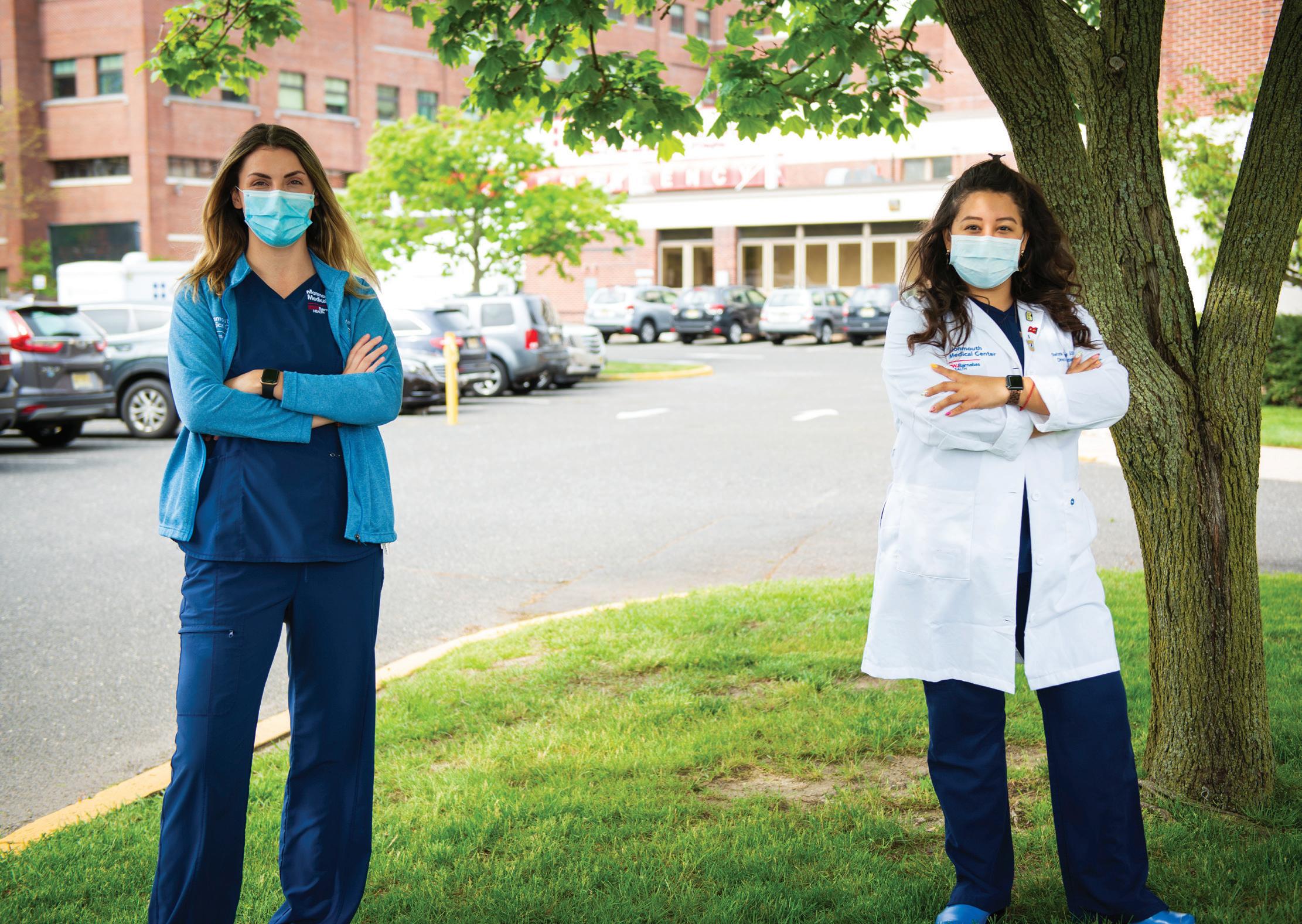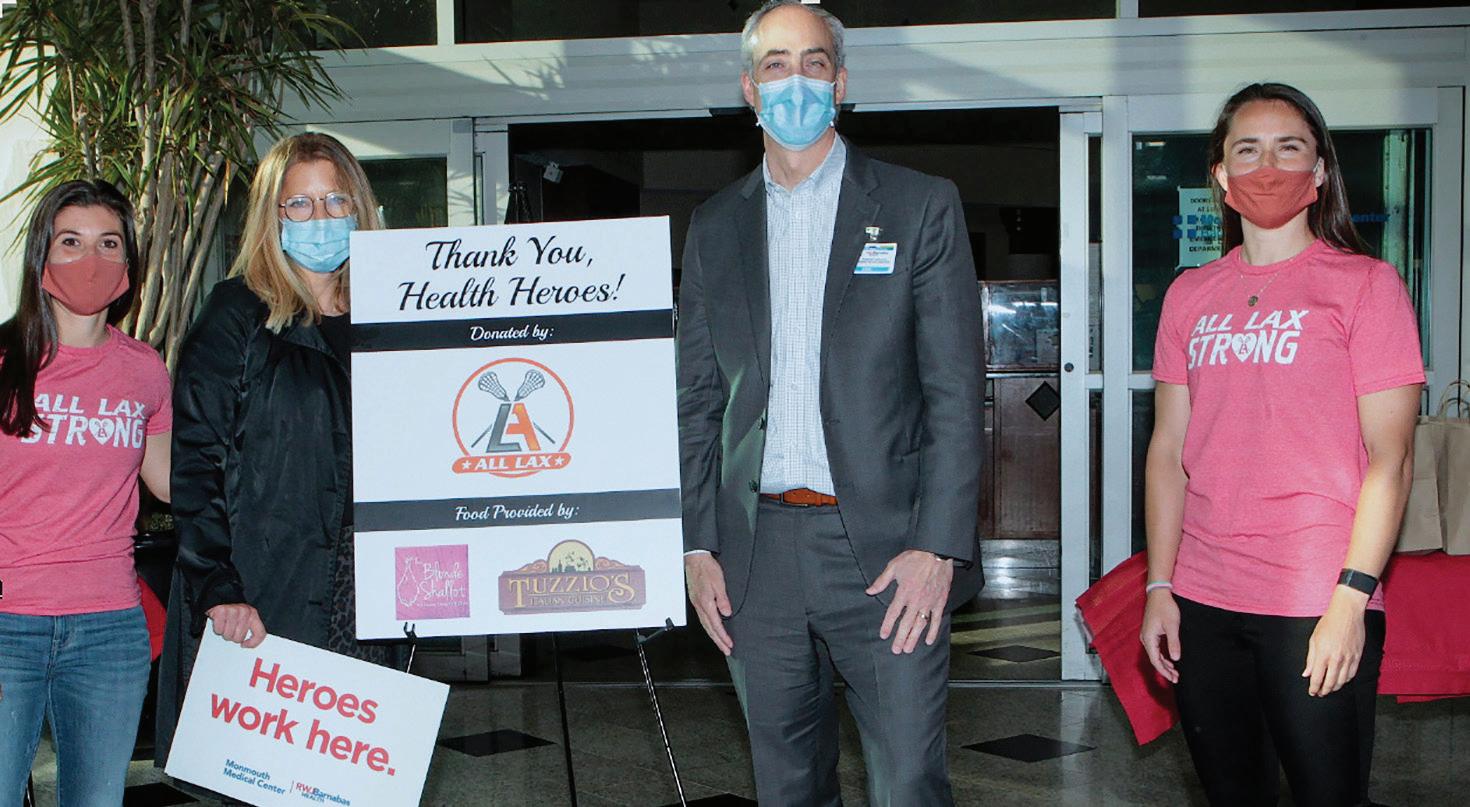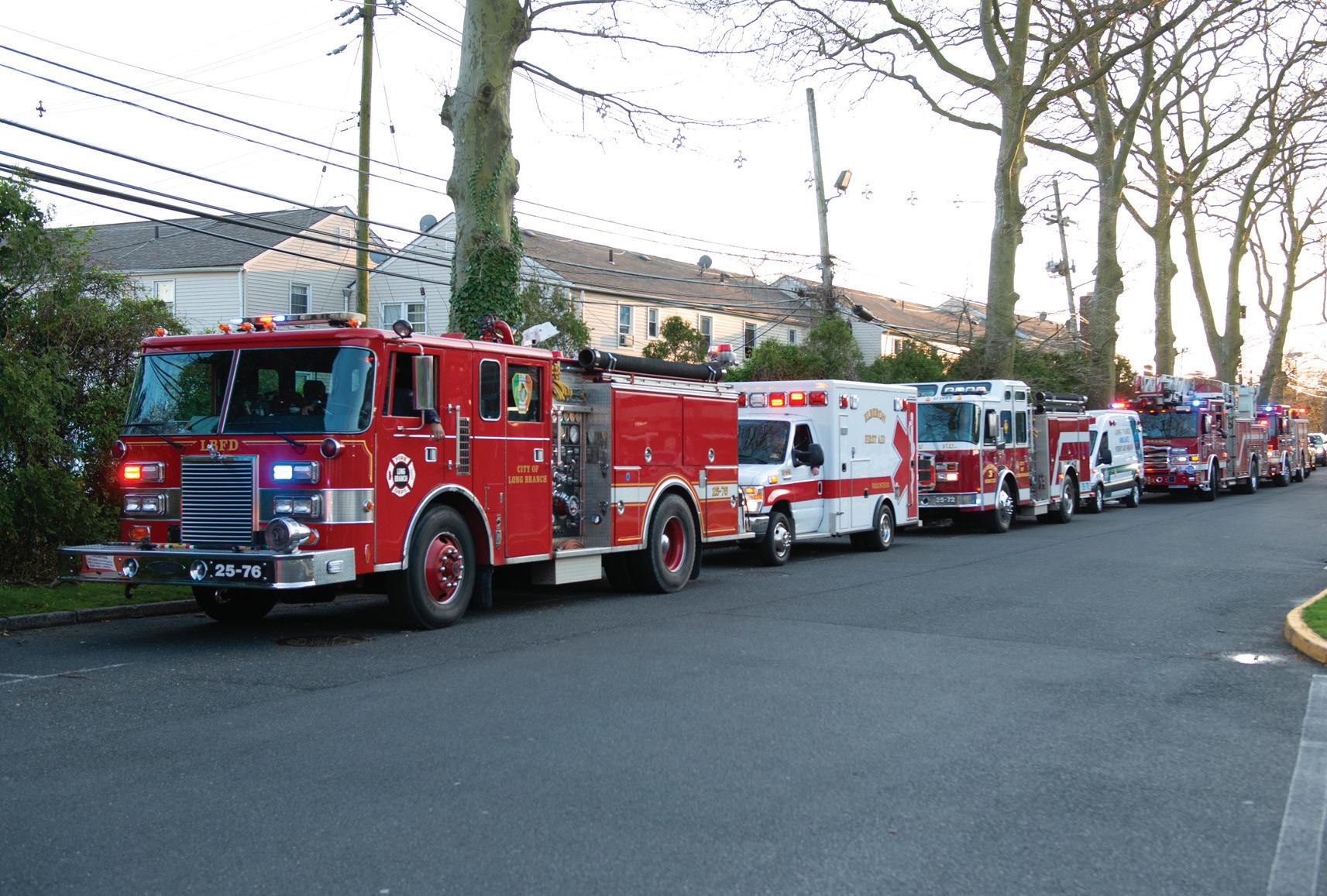SAFE AND SOUND
IN THE E.D.
RIGOROUS PROCEDURES ENSURE THE SAFETY OF EMERGENCY DEPARTMENT PATIENTS AND STAFF.
DO, Chair of Emergency Medicine at Monmouth Medical Center (MMC). “The problem is that disease prevalence doesn’t change,” he explains. “Heart attacks, strokes, asthma, intraabdominal diseases such as appendicitis
E
mergency Department (ED) visits fell sharply during the height of the coronavirus crisis, in New Jersey and nationally as well—and that has doctors worried. “In the RWJBarnabas Health system, we’ve seen our ED volume decline by 50 percent overall, and by up to 85 percent for pediatric ED visits,” says Victor Almeida,
Healthy Together
| 20 |
MMC_HeartStroke_Covid19_final.indd 20
VICTOR ALMEIDA, DO
ISAAC TAWFIK, MD
and diverticulitis—COVID-19 didn’t make them go away, but we’ve been seeing these patients in the ED less and less.” The probable reason: fear. “The likelihood is that people have been putting off care because they’re afraid to go into the hospitals and be exposed to COVID-19,” says Dr. Almeida. “That concerns us because delaying care for many conditions can lead to disability and even death, and those risks are not necessary. “The main message we want people to hear is, ‘It’s safe to come to the ED, so don’t put it off’,” he continues. “We’ve put many layers of protection in place for our patients and for our staff.”
COVID-19 SPECIAL
6/3/20 10:20 AM










